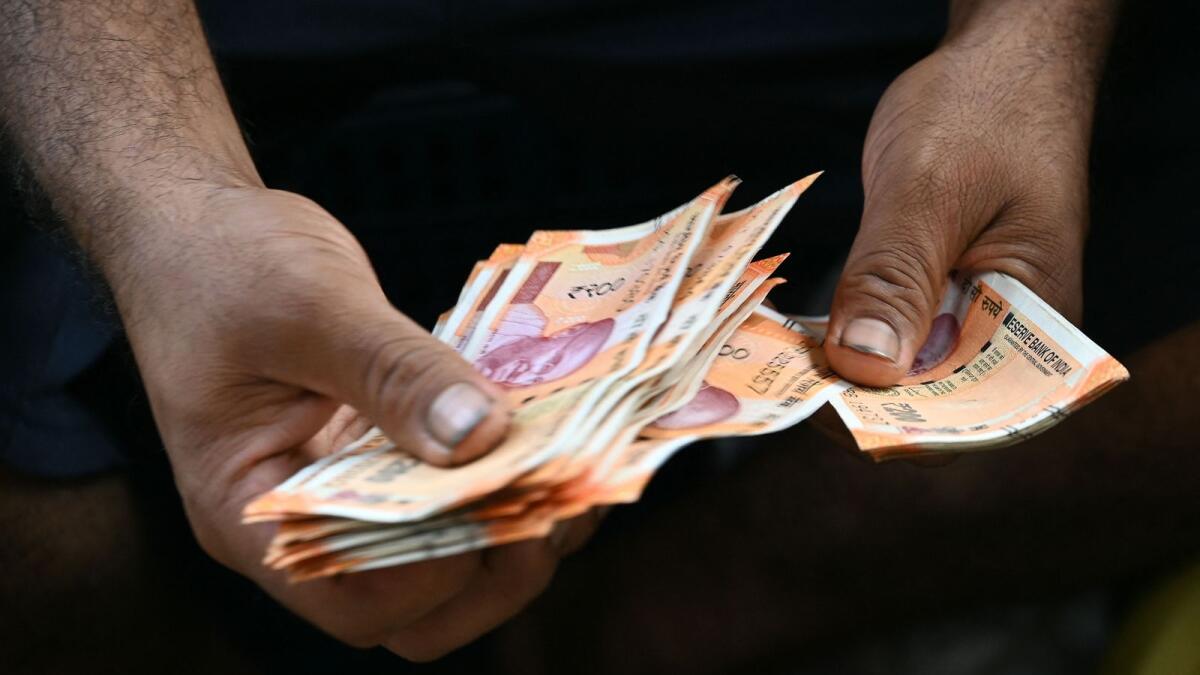The Indian rupee faced resistance on Tuesday after a rise driven by the struggles of the U.S. dollar ahead of the Federal Reserve’s interest rate decision. At 10:28 a.m. IST, the rupee was trading at 83.84 against the U.S. dollar, slightly lower than the previous session. The dollar/rupee pair was seeing bids from two large public sector banks, with speculation about whether they were buying for the Reserve Bank of India or their clients.
Asian currencies were mostly higher while the dollar index remained flat at 100.70 after declining in the previous three sessions. The U.S. dollar was under pressure due to hopes of a Fed rate cut before the central bank’s meeting, according to Srinivas Puni, managing director at forex advisory firm QuantArt Market Solutions. Expectations for a 50 basis point rate cut have increased to nearly 70%, up from 30% just a week ago. There is a risk of market disappointment if the Fed decides to cut rates by only 25 basis points or issues a more moderate statement.
Analysts at ANZ Bank pointed out that worries about a slowdown in the labour market were outweighing concerns about inflation. Media reports suggesting that Fed officials are considering a 50 basis point cut have led investors to believe in a more aggressive move during the two-day meeting set to begin later that day. It is important for investors to stay up to date with the latest news to make informed decisions regarding currency trading.
In the current market environment, where the U.S. dollar is weakening and Asian currencies are gaining strength, it is crucial for traders to factor in the potential outcomes of the Fed’s interest rate decision. The rupee’s performance against the dollar will continue to be influenced by market expectations and geopolitical developments. Events like the Fed’s meetings have a significant impact on currency markets, and traders must stay vigilant to seize trading opportunities.
With the possibility of a 50 basis point rate cut by the Fed, investors are closely monitoring the central bank’s decision-making process. The outcome of the meeting can either meet or disappoint market expectations, leading to volatility in currency exchange rates. Traders need to be prepared for various scenarios and adjust their trading strategies accordingly to navigate the uncertainties in the global financial markets.
Overall, the Indian rupee’s performance against the U.S. dollar is a reflection of the broader currency market dynamics influenced by factors such as central bank policies and economic data releases. Traders should follow expert analysis and market trends to make informed decisions and manage risks effectively. Staying updated with the latest news and developments is essential for successful currency trading in a constantly evolving market environment.











